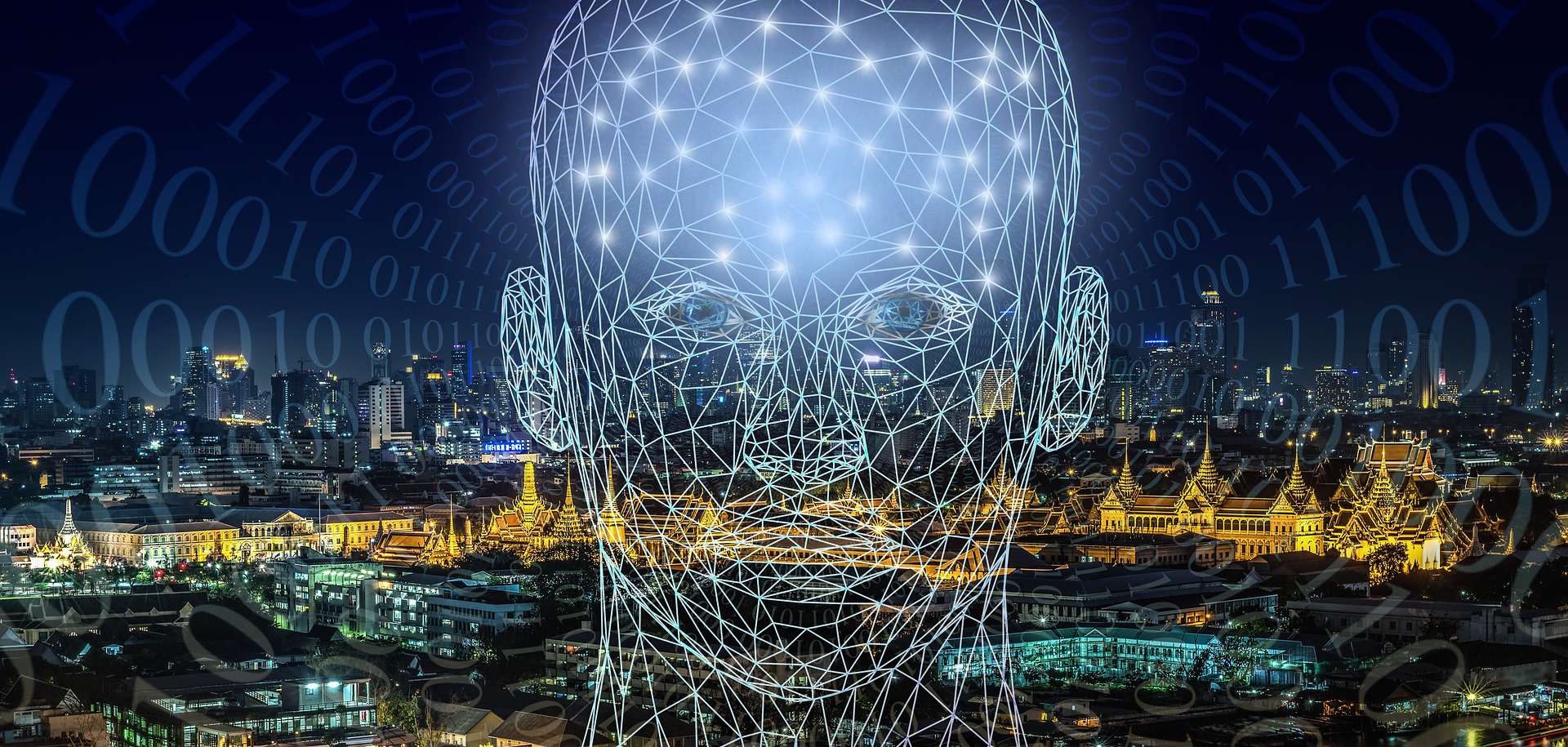
Artificial intelligence – fiction or reality?
The term „artificial intelligence” is very often used in modern science and culture. The first use is attributed to the American computer scientist John McCarthy, who in 1956 defined it as a field involving the engineering of creating intelligent machines. Currently, artificial intelligence has taken a slightly different form, moving from the world of hardware to the world of software. It is defined as a branch of computer science whose goal is to develop models of intelligent behavior, as well as programs that simulate these behaviors.
AI-related issues are discussed not only by programmers, but also by mathematicians, financiers, entrepreneurs and many others. Currently, it is one of the „hottest” and most controversial topics when it comes to the future of science, technology and ethics. A large group of people are skeptical about this issue – some do not believe in the intelligence of machines, and others are simply afraid of it. However, one thing is certain: the history of artificial intelligence is just beginning. Moreover, this field is of great importance for our future.
Weak artificial intelligence, sometimes also called narrow AI, is characterized by the fact that it has its specific application. Generally speaking, it is designed to perform specific functions and perform specific tasks. It focuses on solving a given problem with methods that are not available to an ordinary person and in many situations work better. An example of this type of AI is e.g. Siri personal assistant from Apple. This type of solutions is also used by the well-known Google Translate.
Strong artificial intelligence
This variant – strong, full or general artificial intelligence (strong AI, full AI or artificial general intelligence) – refers to intelligent systems that have comprehensive knowledge, the ability to think independently and cognitive abilities. By design, they can do everything that a human can do, and they are also able to perform tasks that they have never dealt with before. According to the European Parliament’s 2020 report, we are still decades away from such technology. It is assumed that 86 billion neurons and 150 trillion real-time connections are needed to simulate the human brain. It’s hard to say what the current maximum capabilities of AI are, but at the moment even relatively simple biological systems – such as the brain of scientists’ favorite animal, the mouse – are beyond our reach.
